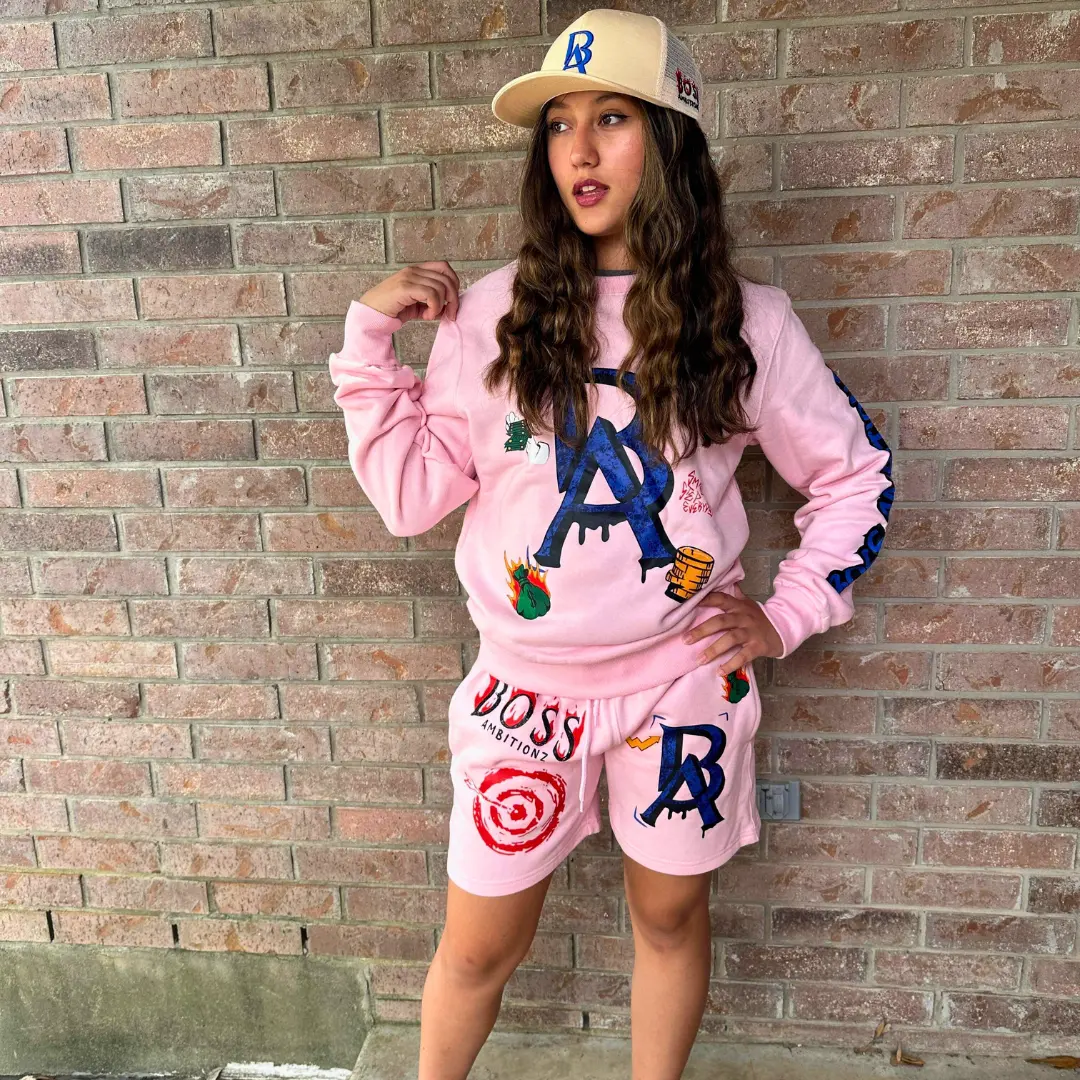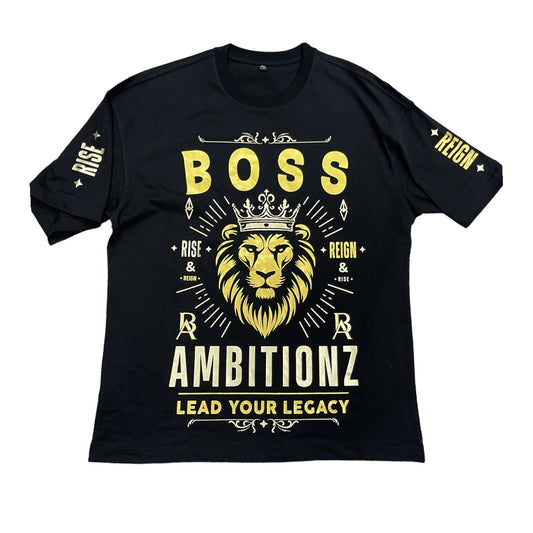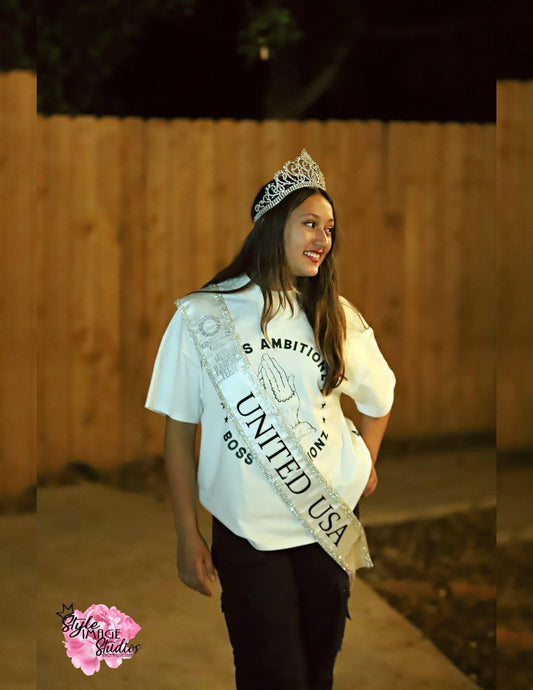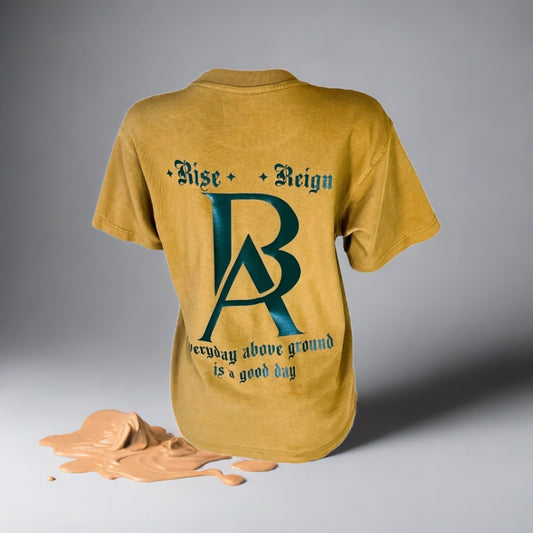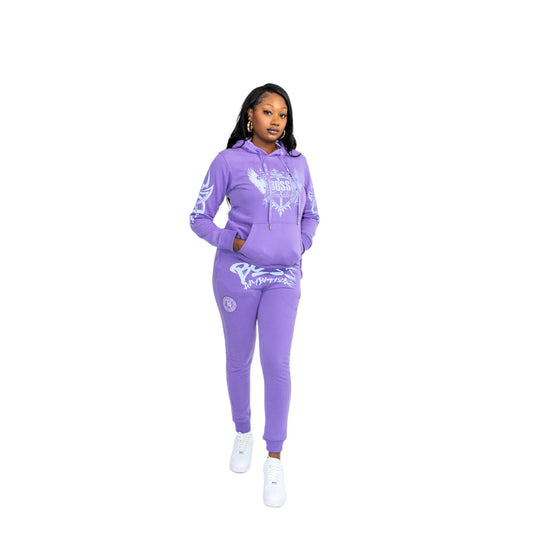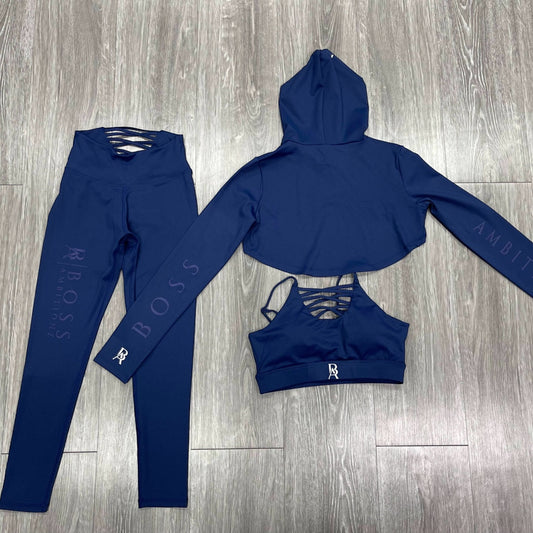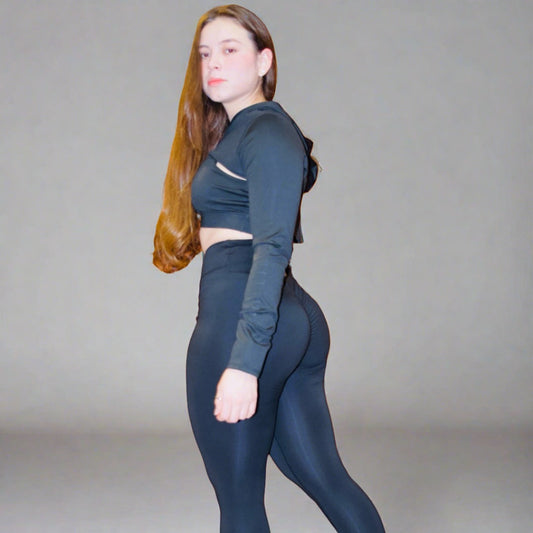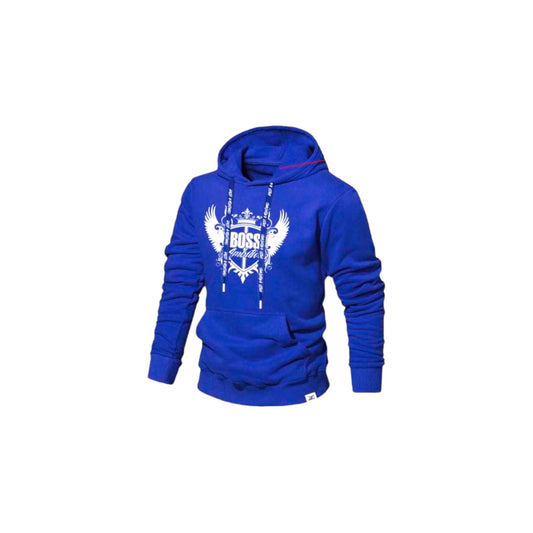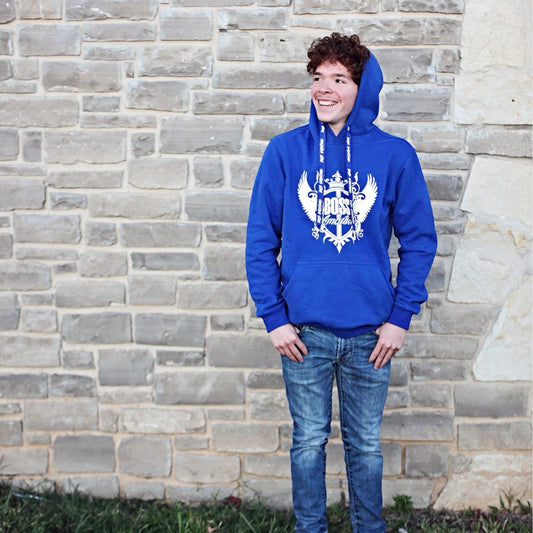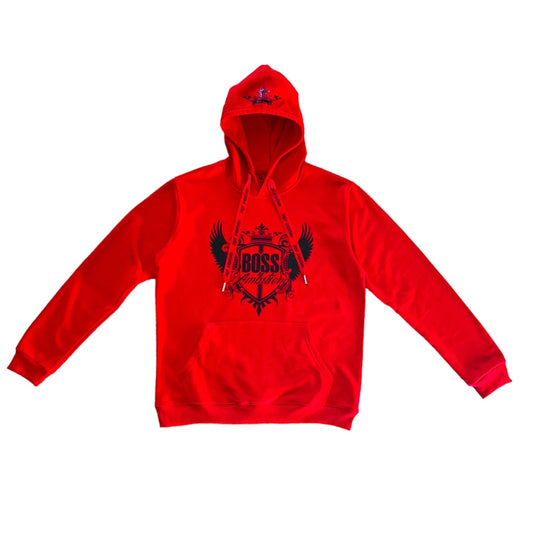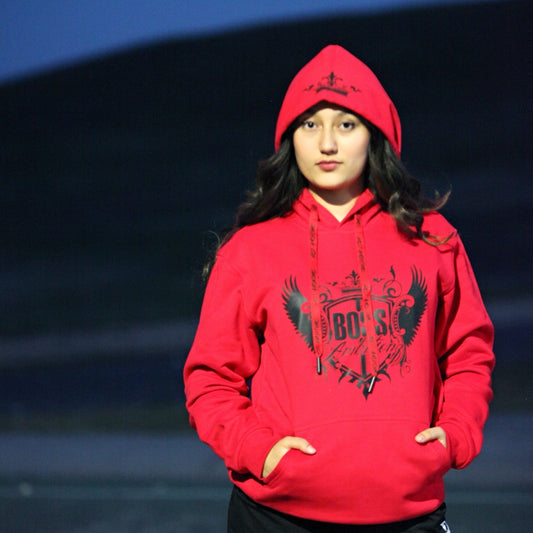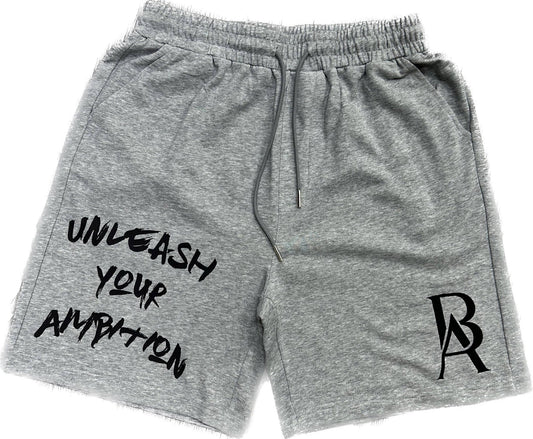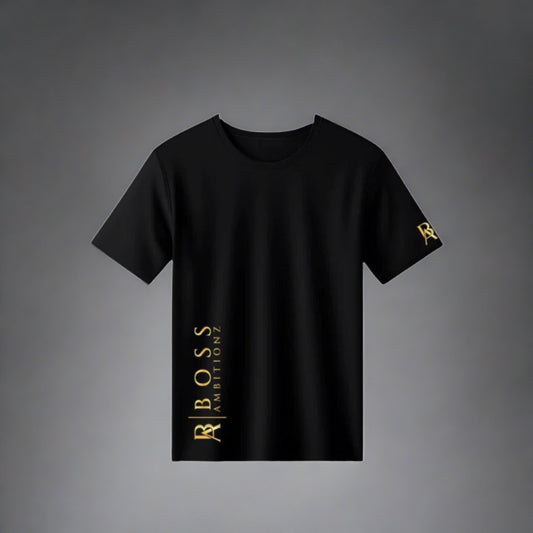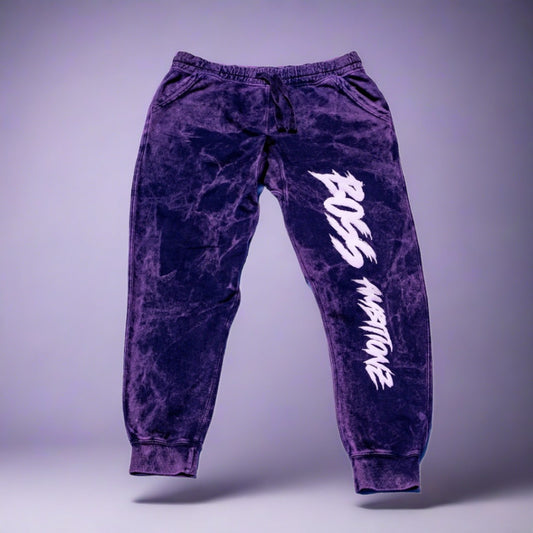Introduction to the Evolution of Boss Wear
Boss wear has come a long way from its humble beginnings on the street to its current status in the elite circles of fashion. It’s all about the journey from functional to fancy, from the everyday to the exclusive. Think of it as the clothing equivalent of a rags-to-riches story. Originally, boss wear was all about practicality and durability, clothes that could take a beating on the streets. Now, it’s transformed into a symbol of power, prestige, and class. This transformation didn’t happen overnight. It was a gradual shift, influenced by cultural icons, economic changes, and the insatiable human desire to stand out. Today, when we talk about boss wear, we’re not just talking about clothes. We’re talking about a statement. This evolution showcases not only a change in fashion but also a shift in societal values and aspirations. Whether it’s the sleek lines of a tailored suit or the bold statement of designer sneakers, boss wear today is as much about attitude as it is about appearance.
What is Boss Wear? Understanding the Concept
Boss wear blends the boldness of street style with the sophistication of elite fashion. It’s for those who lead, innovate, and stand out in their professional and personal lives. Imagine walking down the street in clothes that scream confidence, clothes that mix luxury with the grit of urban life. That’s boss wear. It’s not just a suit or a fancy dress. It’s leather jackets paired with sleek trousers, statement sneakers with sharp blazers, and all that falls in between. Boss wear tells the world you’re in charge, without saying a word. It’s fashion that borrows from the streets—think graffiti art on a silk dress—and marries it with the clean lines of high fashion. This style is for people who make bold choices, who are unafraid to blend different worlds. Boss wear is more than clothing. It’s an attitude.
The Origins of Boss Wear: From the Streets to the Runway
Boss wear didn’t just appear out of thin air; it has a history deeply rooted in the streets. This style emerged from the need to stand out and express status and power within urban communities. Initially, it was all about making a statement with what you had, turning everyday clothing into symbols of authority and ambition. Brands often associated with luxury today, like Gucci and Louis Vuitton, were not the go-tos in the beginning. Instead, people leaned on customizing what was accessible, focusing on unique styles that commanded respect. As it gained popularity, boss wear evolved, catching the eye of high fashion. Designers saw the raw, authentic expression in street style and decided to bring it to the runway. They reimagined these bold looks, integrating them with the luxury and refinement characteristic of the fashion world. This blend of grassroots creativity with high-end fashion gave birth to the boss wear we know today – a style that speaks volumes about where you’ve come from and where you’re headed. It’s a powerful reminder that true style knows no boundaries and that even the most luxurious trends can have humble beginnings.
Key Moments in the History of Boss Wear Fashion
Boss wear has rolled through history, marking its presence in the boardroom and the streets, blending power with style. It started making a strong statement in the late 19th century when suits and formal wear began to symbolize authority and professionalism. Fast forward to the 1920s, and the suit evolved, becoming more streamlined and accessible, thanks to mass production techniques. This era laid the foundation for modern boss wear, emphasizing the importance of looking sharp and being in charge.
The 1980s marked a pivotal moment for boss wear with the rise of power suits. Think broad shoulders, pinstripes, and bold ties. This was the era of “dress for success,” where your outfit spoke volumes about your ambition. It wasn’t just about being a boss; it was about looking like one too.
Entering the 21st century, boss wear took a creative turn. The traditional suit was deconstructed, giving way to a more relaxed yet polished look. Tech entrepreneurs and creatives began to ditch the tie, embracing a smart casual style that blended comfort with a commanding presence.
Today, boss wear isn’t confined to the boardroom. It’s seen in street style, on runways, and across social media, blending the lines between professional and personal style. Iconic pieces like the blazer have been reimagined in contemporary fabrics and cuts, demonstrating that being a boss is not just about what you wear, but how you wear it.
Boss wear’s evolution reflects a broader shift in societal norms about power, professionalism, and personal expression, proving that looking like a boss is more accessible and varied than ever before.
The Transformation: Streetwear vs. Boss Wear
Streetwear and Boss Wear stand on opposite ends of the fashion spectrum, but the line between them is getting blurrier. Streetwear roots itself in comfort, practicality, and self-expression, often influenced by skateboarding, hip-hop, and surfing cultures. Think hoodies, sneakers, and graphic tees. Boss Wear, on the other hand, signifies sophistication and power, dominating with suits, formal shoes, and crisp shirts. What’s fascinating is how these distinct styles are merging. Designers are now blending the relaxed vibes of streetwear with the polished appearance of Boss Wear, crafting outfits that fit boardrooms and skate parks alike. This crossover tells us that fashion is becoming more versatile, allowing individuals to mix comfort with class. You no longer have to pick sides. You can have the edge of streetwear with the elegance of Boss Wear in your wardrobe, showing that style evolution is all about breaking barriers and creating new norms.
Influential Designers and Brands in Boss Wear
In the world of boss wear, certain names stand out for pushing boundaries and setting trends. Giorgio Armani, for instance, brought the power suit to life in the 1980s, making it synonymous with authority and sophistication. His designs eliminated excess and focused on tailored elegance, making anyone who wore them instantaneously command respect. Then there’s Ralph Lauren, whose Polo collection introduced a mix of casual comfort with a touch of formality, perfect for the boss who wants to look sharp without trying too hard. This blend has since become a staple in professional wardrobes across the globe. More recently, brands like Gucci under Alessandro Michele’s direction, and Tom Ford, with his own label, have redefined what it means to dress like a boss. They’ve added boldness and a sense of daring to the executive look, incorporating vivid colors, sumptuous fabrics, and striking details that demand attention. These designers and brands have not just contributed pieces of clothing but have fundamentally transformed the aura of leadership through fashion. Whether it’s the sleek lines of an Armani suit, the preppy chic of a Ralph Lauren Polo, or the audacious glamour of Gucci and Tom Ford, they’ve all played a part in shaping the evolution from street to elite in boss wear.
The Role of Celebrity Influence on Boss Wear Trends
Celebrities play a huge part in shaping boss wear trends. When famous faces step out in bold suits or sleek, modern office wear, everyone takes notice. Think of it this way: when a celeb shows up in an eye-catching outfit, it’s like free advertising for that style. People see it, they like it, and suddenly, everyone wants to dress like their favorite star. This influence isn’t just about the here and now. Over time, what starts as a celebrity’s daring choice can turn into a staple in boss wear. Designers catch on, weaving these elements into their collections. Stores stock up, and before you know it, what was once a red-carpet exclusive is now in your wardrobe. So, the next time you see a celeb rocking a fresh take on boss wear, remember, you might just be looking at the next big thing in office fashion.
How Boss Wear is Redefining Modern Workplace Attire
Boss wear is shifting the game in modern workplace attire, steering clear of the stiff, matchy-matchy suits of the past. Gone are the days of one-size-fits-all corporate uniforms. Now, the focus is on blending comfort with class, incorporating sleek, adaptable pieces that fit both the boardroom and casual Fridays. It’s about tailored blazers that match with smart jeans, crisp shirts paired with comfortable yet stylish sneakers, and accessories that tie the look together without screaming for attention. This evolution is fueled by the desire for personal expression within professional settings, fostering environments where employees feel confident and at ease. As a result, companies are relaxing their dress codes, recognizing that when people feel good about what they wear, it reflects in their productivity and overall workplace satisfaction. Boss wear is not just redefining what it means to dress for work; it’s reshaping the very culture of the modern workplace environment, supporting a blend of professionalism and personal style.
Incorporating Boss Wear into Your Daily Wardrobe
Making boss wear part of your everyday style isn’t as hard as it sounds. Start by mixing one or two pieces into your normal outfits. For instance, pair a sharp blazer with your go-to jeans and sneakers. It’s all about balance. Keep the colors neutral for a sophisticated look that’s not too loud. Accessories like a sleek watch or a quality leather bag can also elevate your look to boss status. Remember, fit is key. Boss wear should make you feel confident and powerful, so ensure everything fits you just right. You don’t need a closet full of expensive suits. Just a few smart choices can turn your wardrobe from street to truly elite.
The Future of Boss Wear: Trends to Watch
Boss wear is morphing fast, reflecting changing work cultures and lifestyle aspirations. As we step into the future, three big trends stand out. First, comfort merges with class. The lines between formal and casual blur as softer fabrics and relaxed fits take over boardrooms. Think blazers that feel like cardigans but look sharp enough for a deal-making session. Next up, sustainability takes center stage. Eco-friendly materials and ethical production methods aren’t just nice to have; they’re becoming must-haves for the conscious consumer. Finally, technology weaves into textiles, bringing smart wearables from niche to norm. Imagine jackets that adjust their temperature or shirts that track your health stats. The future of boss wear isn’t just about looking good; it’s about feeling good and doing good, combining style, comfort, and innovation.



